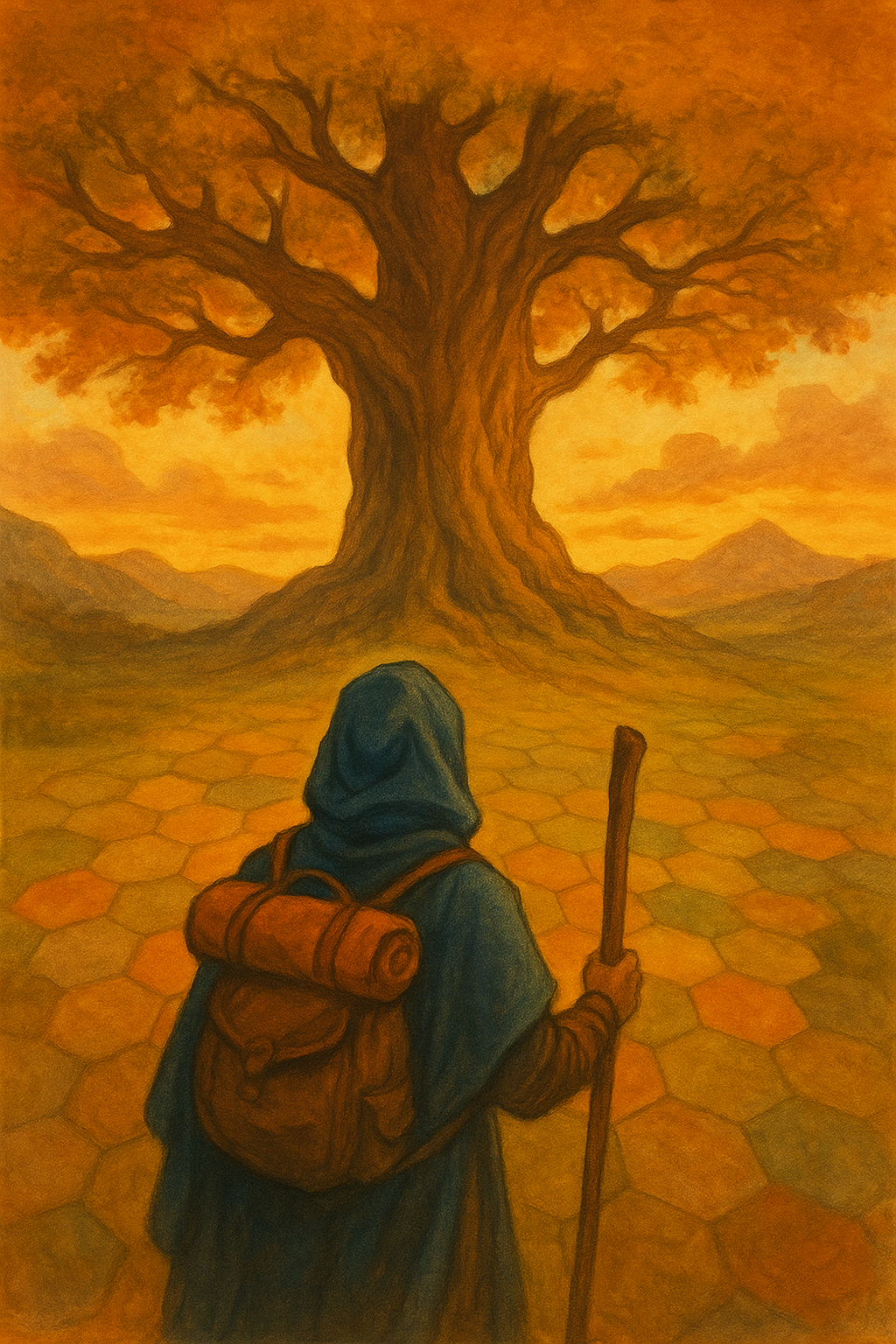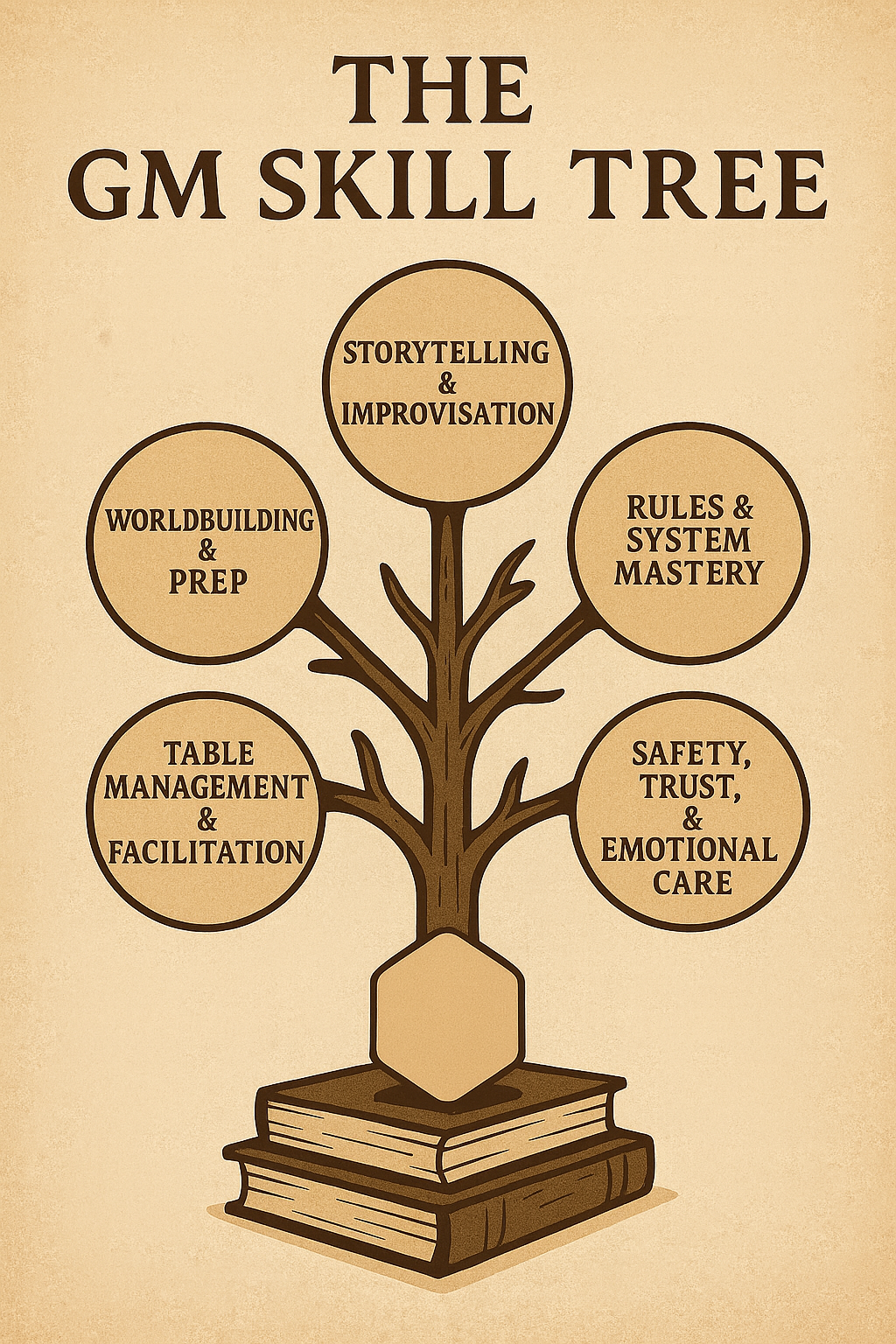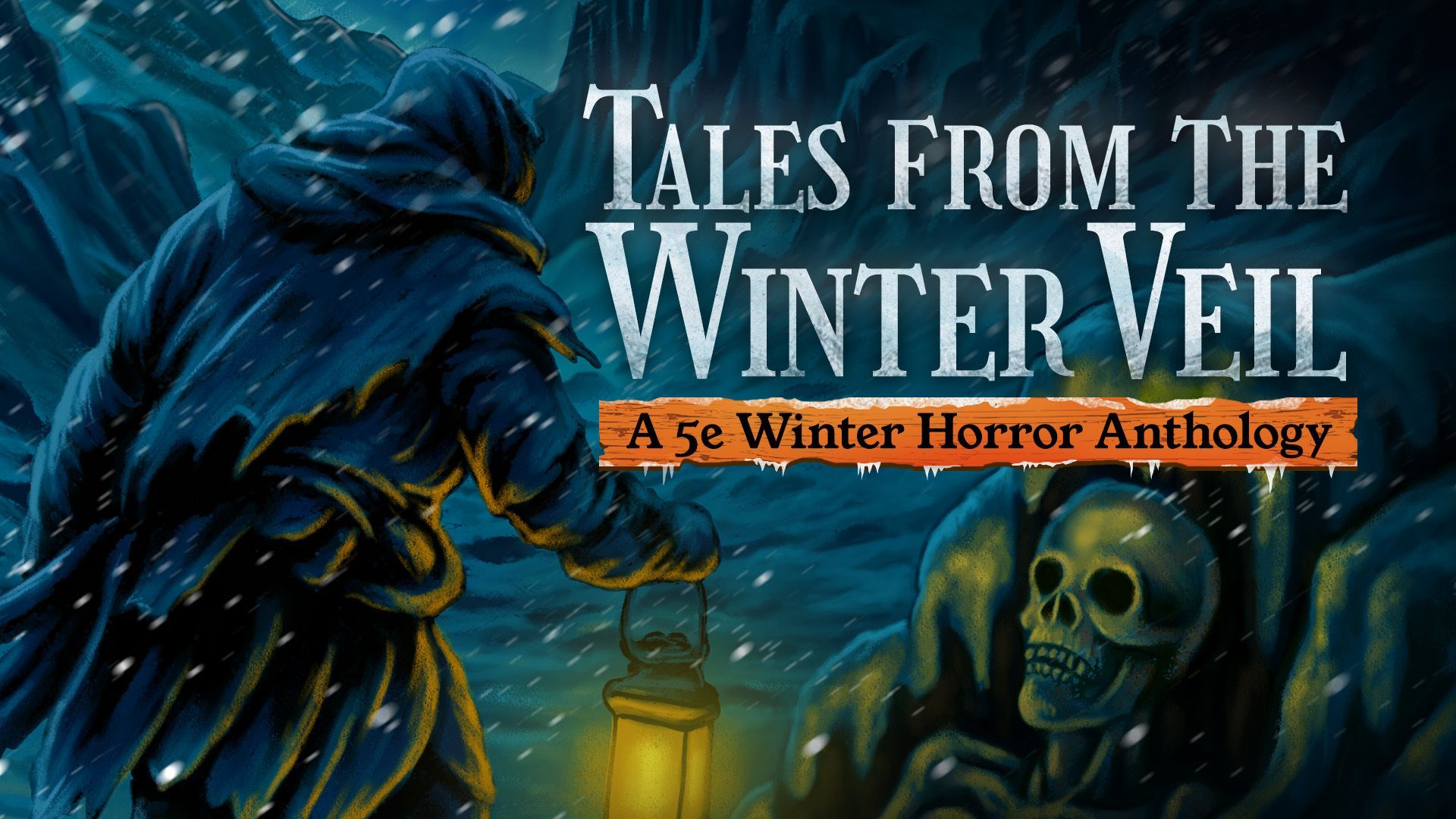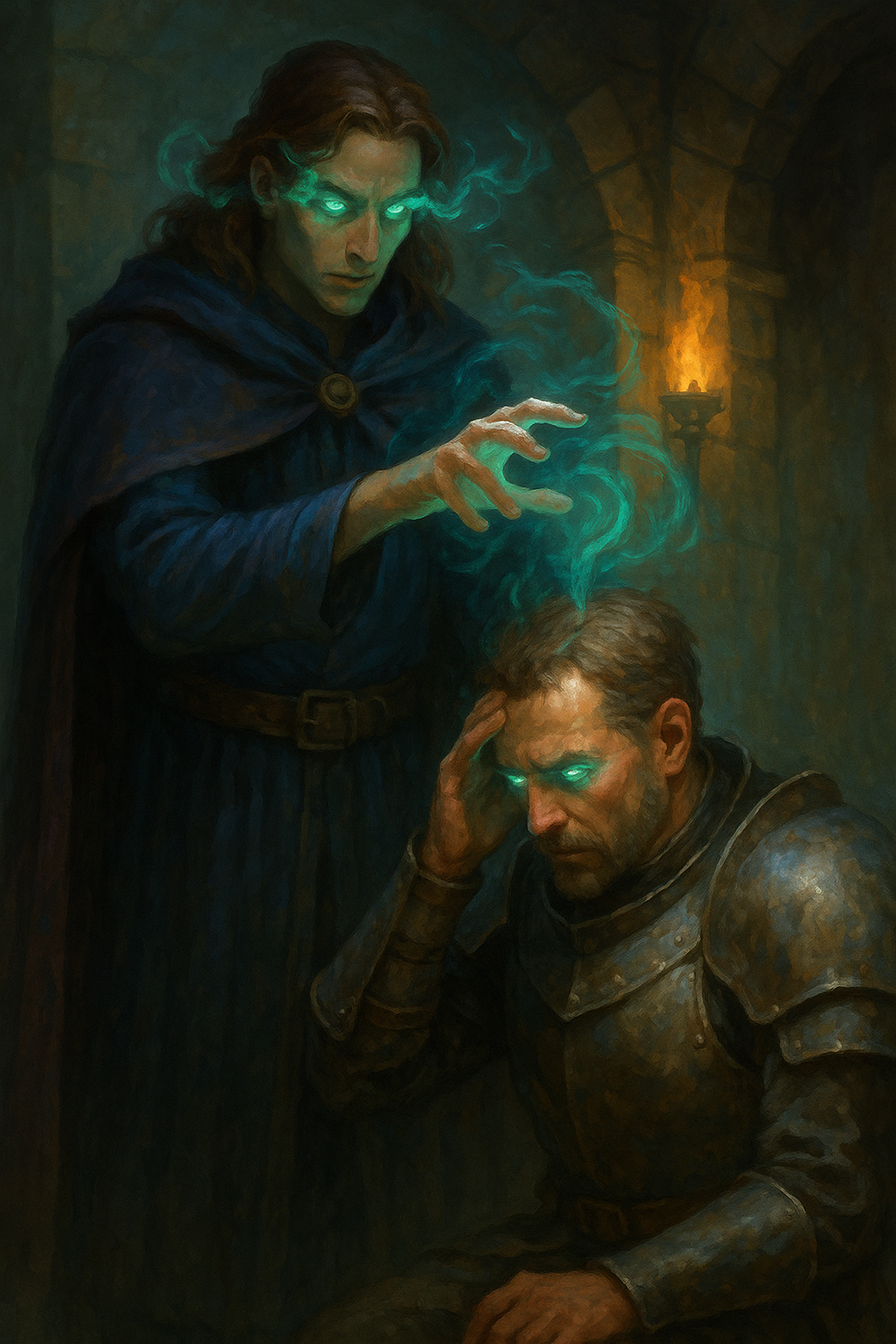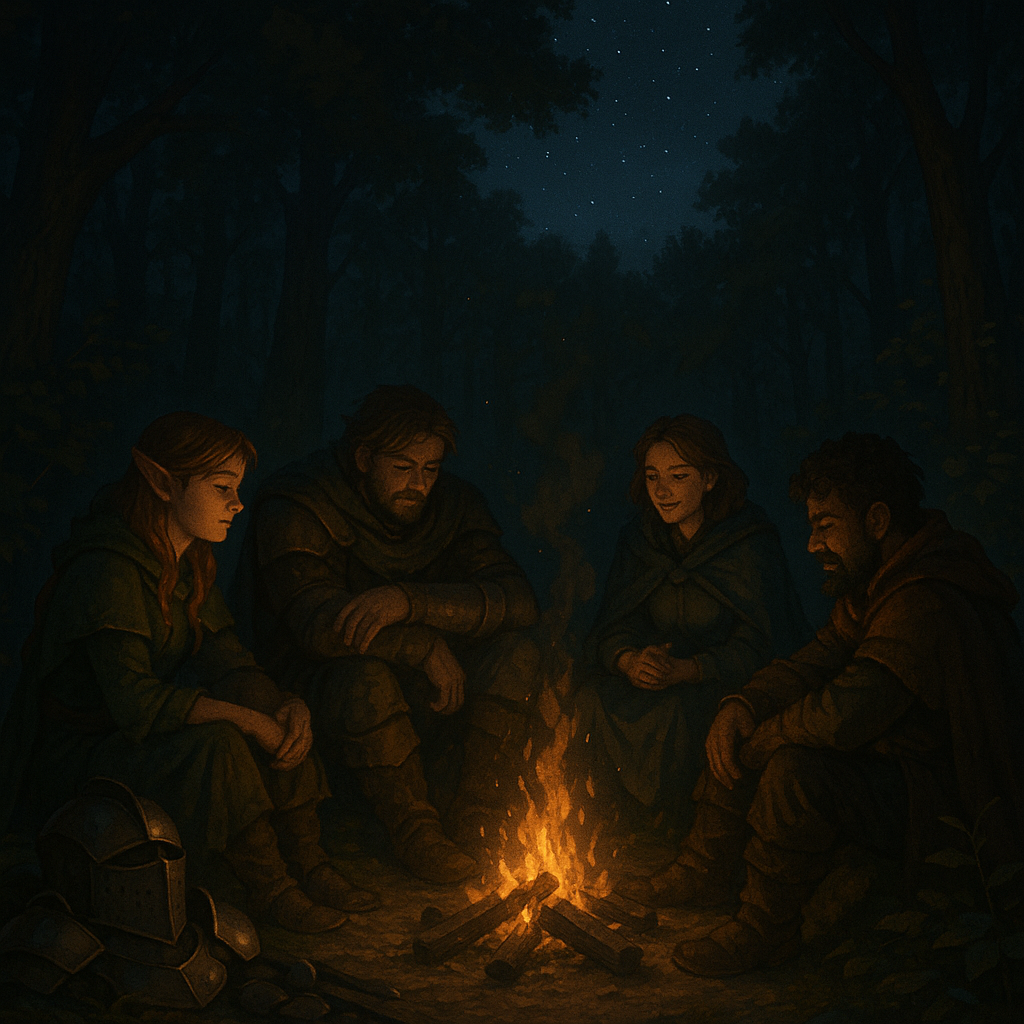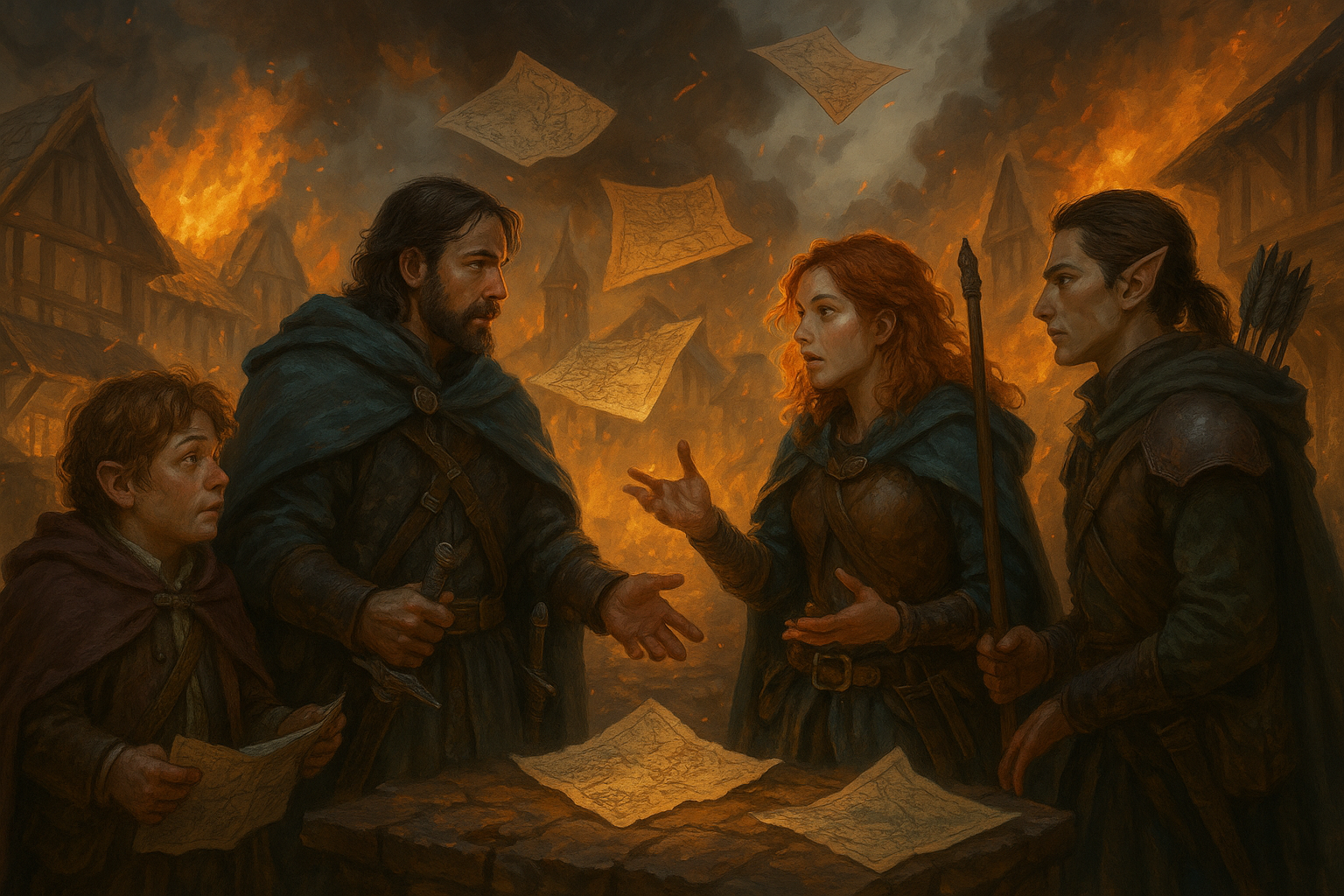From Rumor to Revelation: Crafting In-World News Networks
Your NEws Network, Today!
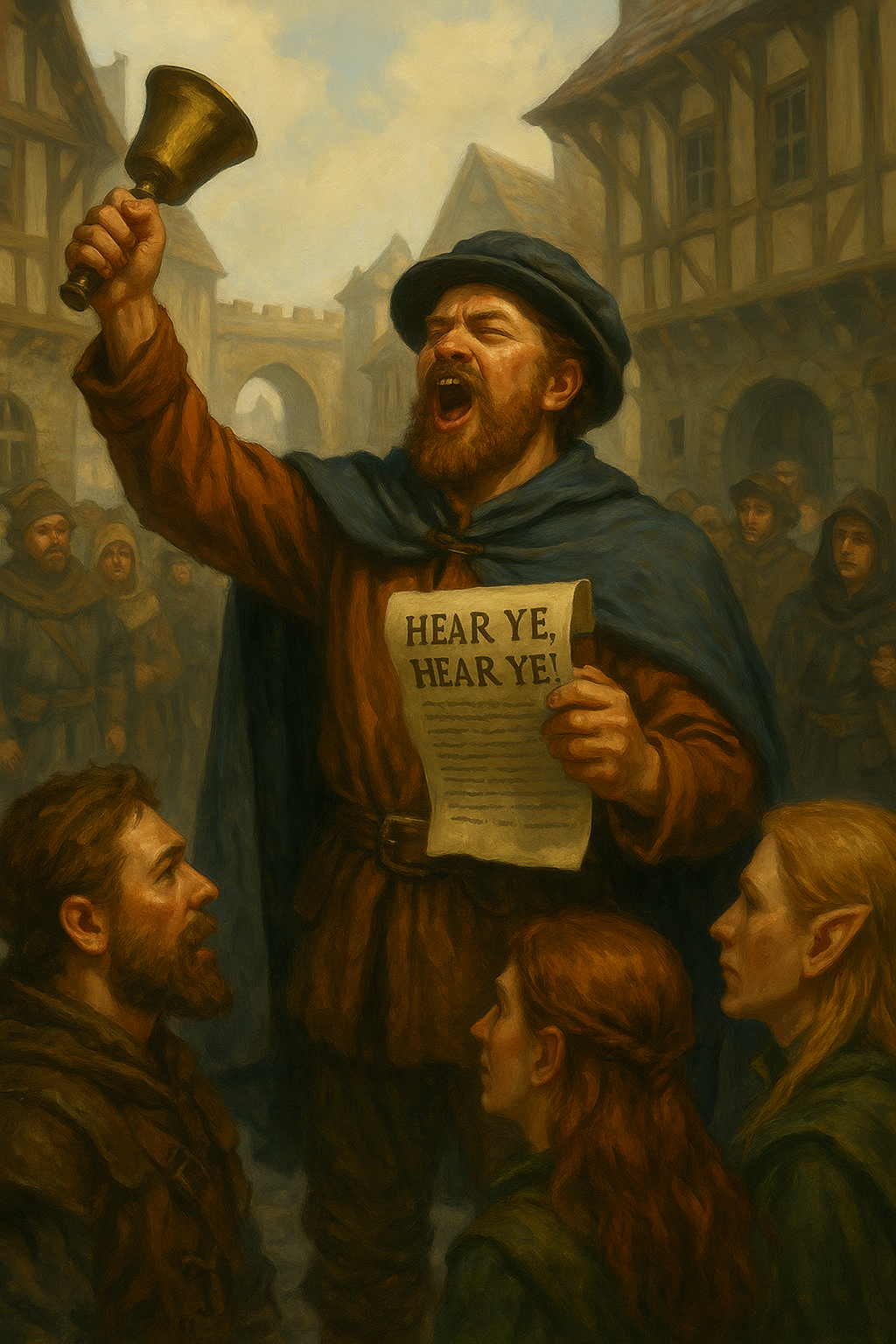
Dear Readers,
Few things make a fantasy world feel alive quite like information moving across it. In our own world, news and rumor shape cultures, topple rulers, and spark revolutions. In Dungeons & Dragons, we often focus on swords and spells but forget that stories — whispered in taverns, shouted in town squares, and carried by bards or broadsheets — can be just as powerful.
When a kingdom shakes, how do the common folk find out? When the villain’s schemes begin, who spreads the whispers? When the heroes perform their daring deeds, how does their reputation precede them? That is the work of in-world news networks, the web of rumor, message, and report that brings vibrancy to your setting.
This blog will explore how to build such networks for your D&D game. We’ll move from the smallest rumor in a village tavern to the sweeping revelations of international news, showing how you can craft these systems to add depth, tension, and immersion to your campaigns.
Why In-World News Matters
Players often ask: “How does the world react to what we did?” News networks answer that question. They provide feedback loops that validate character actions and make the setting responsive.
Without news, deeds vanish into the void. With news, every action ripples outward. A dragon slain in the mountains may be celebrated in distant cities. A theft in one port might make a rogue infamous across the coast. News networks give your players the satisfaction of impact.
News also creates hooks. Rumors hint at quests. False reports mislead adventurers. Political propaganda shapes their choices. The flow of information is a dungeon all its own — invisible, but full of traps and treasures.
The Spectrum of Information: Rumor to Revelation
Think of news as existing on a spectrum.
- Rumor: Unverified, often contradictory, whispered in taverns.
- Report: Local eyewitness accounts, usually with biases.
- Official Proclamation: Government-approved information, often propaganda.
- Revelation: Widely accepted truth, sometimes shocking, that reshapes society.
Your players will encounter information at all points on this spectrum. What makes it exciting is that you control how information moves from rumor to revelation.
For example: a mysterious illness breaks out. First, villagers whisper about a curse.
Next, travelers bring stories of outbreaks in other towns. Then, a king issues a proclamation blaming foreign merchants. Finally, healers confirm the plague’s true origin — a necromancer’s experiment gone wrong.
Each stage creates opportunities for adventure.
Building Blocks of a News Network
To create believable in-world news, think about infrastructure.
Messengers and Runners
From barefoot children to mounted couriers, messengers move information. They’re fast, unreliable at times, and vulnerable to interception. Players may bribe or threaten them, or pose as messengers themselves.
Bards and Minstrels
Bards are walking news channels. Their songs spread stories far and wide, often embellished. When players save a town, the bard may make them into legends. When they anger a noble, the bard may smear them.
Town Criers
In larger settlements, criers proclaim decrees, rumors, and headlines. They are the daily newspapers of a medieval world.
Taverns and Inns
The classic hub of rumor. Merchants, adventurers, and soldiers carry news from afar. Players overhear snippets that spark entire quests.
Broadsheets and Pamphlets
In literate societies, printed or hand-copied sheets circulate. They may be biased, censored, or satirical. A broadsheet headline can be a powerful scene-opening device.
Magical Networks
In high-magic worlds, sending spells, crystal balls, or arcane networks replace telegraphs. Temples may use divine visions as a news service. Guilds may use enchanted sigils to share coded updates.
Rumors as Adventure Seeds
Rumors are the lifeblood of early campaigns. They are easy to insert and endlessly flexible.
Examples:
- A miner claims to have seen a ghost in the quarry.
- Merchants whisper that the road is haunted by wolves with glowing eyes.
- A beggar insists the local lord has been replaced by a shapeshifter.
These rumors may be true, false, or half-true. The fun lies in letting players chase them, discover their accuracy, and sometimes get burned by misinformation.
To craft good rumors:
- Keep them short.
- Make them actionable.
- Embed uncertainty.
Reports and Eyewitness Accounts
Reports come from those who claim to have seen or experienced something. They carry more weight than rumor but remain fallible.
For example:
- A caravan survivor swears that bandits rode wyverns.
- A priest reports a vision of fire over the capital.
- A soldier describes a battle that contradicts official records.
Reports can mislead, especially when filtered through personal bias. They give players a puzzle: whose story do we trust?
Official Proclamations and Propaganda
Governments control narratives. Kings issue decrees. Guilds publish reports. Temples claim divine sanction. These proclamations may be true or heavily biased.
For example:
- A king proclaims that a rival nation started the war, even if the truth is murkier.
- A guild claims credit for a victory that was actually the work of adventurers.
- A temple declares a miracle occurred to prove their god’s favor.
Players may uncover the truth behind these proclamations, exposing propaganda or confirming revelations.
Revelations as Campaign Turning Points
The most powerful information is revelation — truth so undeniable that it reshapes the world. A king’s death, a god’s fall, a continent’s rediscovery. Revelations are milestones.
Deliver revelations with drama. Use multiple channels to show their spread: taverns abuzz, criers shouting, broadsheets selling out. Show NPCs reacting in shock, fear, or joy. This validates the moment’s significance.
Pacing the Flow of News
News spreads at different speeds depending on infrastructure. A local rumor spreads instantly. A report from the frontier may take weeks. A magical proclamation might reach every temple the same day.
Use this to build suspense. While the players know the truth of their deeds, distant lands may still be arguing about rumors. This allows for misunderstandings, ambushes, or surprising welcomes.
Making News Interactive
Don’t treat news as background flavor only. Let players interact with the system.
- They can bribe a bard to sing their praises.
- They can intercept a courier to delay bad news.
- They can plant false rumors to manipulate enemies.
- They can publish pamphlets to sway public opinion.
By making the news network interactive, you turn it into a playground for roleplay and strategy.
Designing Regional News Flavors
Different regions will spread news differently, adding cultural texture.
- In dwarven halls, news spreads through songs carved on stone tablets.
- In elven forests, news travels via whispered leaf-magic between druids.
- In desert caravans, news is currency, traded alongside spices.
- In urban republics, news spreads through political pamphlets and debates in forums.
Tailoring news networks to cultures makes your world richer.
NPC Roles in News
Create recurring NPCs tied to information.
- A charismatic bard who always arrives ahead of the party with exaggerated tales.
- A nervous courier who constantly misplaces letters.
- A sharp-tongued pamphleteer who mocks nobles with biting satire.
- A grizzled town crier whose voice echoes across the square.
These NPCs can provide comic relief, hooks, or even betrayals.
Consequences of News
News has consequences. If the party steals from a duke, word may spread, leading to wanted posters. If they save a town, tales of their heroism may attract both admirers and enemies.
You can also use false news to create tension. If a villain spreads lies about the heroes, they must work to restore their reputation.
Example Campaign Arc: The War of Whispers
To illustrate, let’s outline a campaign arc built around news networks.
- Act I: Rumors — The party hears rumors of border raids. Truth is obscured by contradictory tales.
- Act II: Reports — Eyewitnesses describe attacks, but details vary wildly. The party must investigate.
- Act III: Proclamations — The king declares war, blaming a rival. The party suspects manipulation.
- Act IV: Revelations — Evidence proves the raids were staged by a third faction. The revelation reshapes politics.
By staging information across this spectrum, you turn news itself into the adventure.
Tools for DMs: Crafting News Snippets
When preparing a session, jot down 3–5 pieces of news your players might encounter. Mix rumor, report, proclamation, and revelation. Keep them short enough to drop into dialogue.
Examples:
- “They say the old lighthouse shines with ghost-fire at night.”
- “The duke swears the grain shortage is due to smugglers.”
- “Word is the king died three days ago, though the palace denies it.”
- “The archmage announced that the stars are changing — the gods are shifting.”
These snippets provide flavor and potential hooks without slowing play.
Using News to Foreshadow
Plant rumors early that pay off later. A whispered rumor of a “shadow cult in the capital” may become a revelation months later. This creates continuity and makes your world feel interconnected.
Handling Player Reputation
News networks are the perfect tool for tracking player reputation. As their deeds spread, the stories may shift. Exaggerations, omissions, and lies make reputation fluid.
You can even gamify it. Create a “Reputation Score” that rises or falls based on what the news says. Different factions may react according to that score.
News in One-Shots vs. Campaigns
In one-shots, news provides immediate hooks. A rumor starts the adventure. A revelation ends it.
In campaigns, news becomes a slow-burn system. Players see their deeds echo across the world over time.
News and Villains
Villains use news as much as heroes. A clever villain might:
- Spread propaganda painting themselves as saviors.
- Leak false reports to mislead the party.
- Control broadsheets through bribery or fear.
- Silence messengers or murder pamphleteers.
By weaponizing news, villains become more complex and threatening.
Real-World Inspirations
Draw from history for inspiration.
- Medieval Europe: Town criers and handwritten pamphlets.
- Ancient Rome: The Acta Diurna, a daily public record.
- Renaissance: Early printed newspapers.
- Oral Cultures: Epic poetry and traveling storytellers.
These real-world models add realism to your networks.
The Fun of Misinformation
Never underestimate the fun of misinformation. Players love uncovering the truth behind wild stories. Misinformation also creates tension and comedy.
Examples:
- A rumor that the party has died in a distant land.
- Reports exaggerating a minor deed into a grand legend.
- Propaganda declaring the party villains.
This keeps players guessing and engaged.
Designing Factions That Control News
Consider factions dedicated to controlling information.
- A secretive guild of scribes.
- A bardic college that curates official histories.
- A temple that issues visions as truth.
- A noble house that owns all printing presses.
These factions create new kinds of intrigue and power struggles.
Player-Created News
Let your players contribute to the news cycle. They might:
- Pay a bard to sing their tale.
- Write pamphlets to spread their cause.
- Leak secrets to a newspaper.
- Use illusions to stage public events.
This empowers players to shape their reputation actively.
Final Reflections
From rumor to revelation, news networks bring your world to life. They make the setting dynamic, responsive, and dramatic. They give players feedback, create adventure hooks, and raise the stakes of every action.
The next time you prep a session, don’t just place treasure in the dungeon, place news in the tavern. Think about who controls it, who spreads it, and how it transforms rumor into revelation.
Your players may find that information is the greatest treasure of all.
Until next time, Dear Readers…















